Influencing Consumer Behaviour I
Public policy task
What tools can a policy maker use to reduce overall gasoline consumption by automobiles?


Switching from 14 MPG to 20 MPG saves more than twice as much as switching from 50 MPG to 100 MPG
Reward undermining
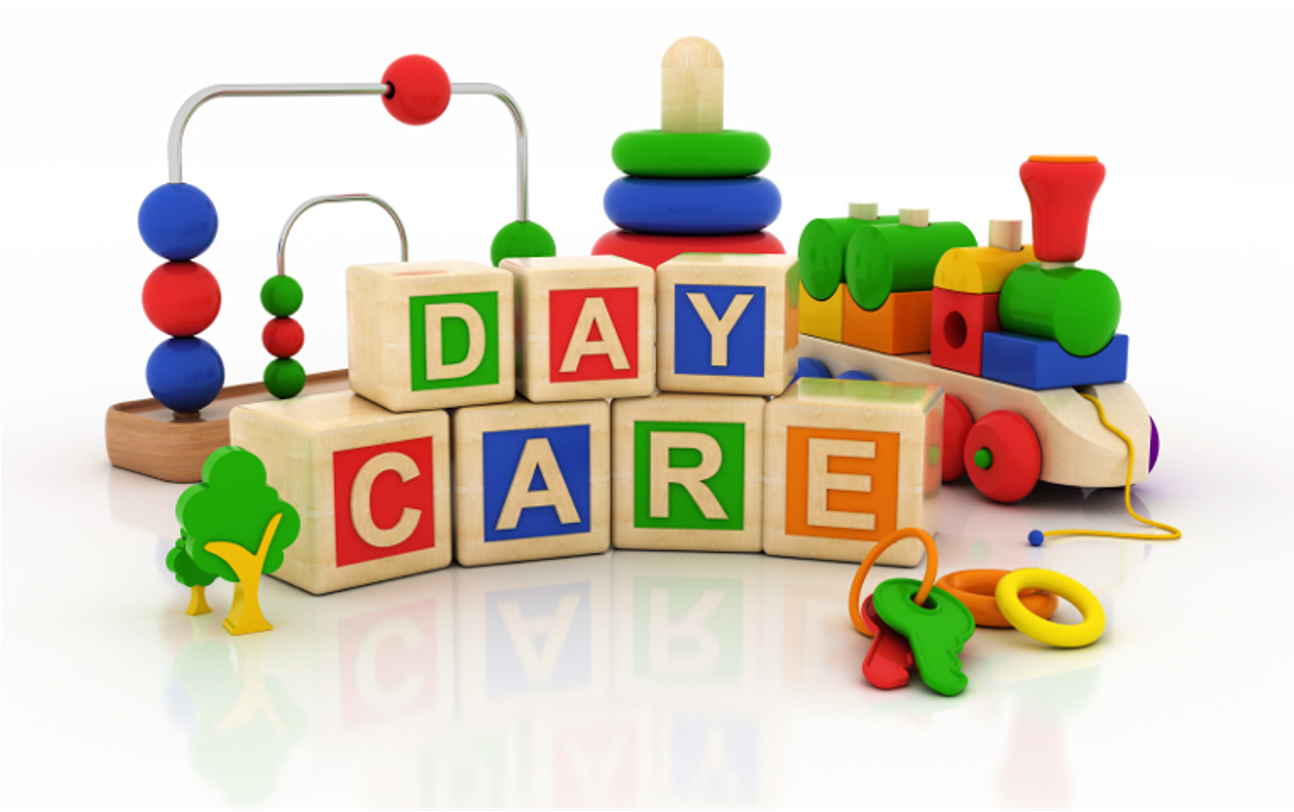
Initial late pick ups = 5% of the time
Late pick ups after fine = 10% of the time
Backfiring incentives

Backfiring incentives
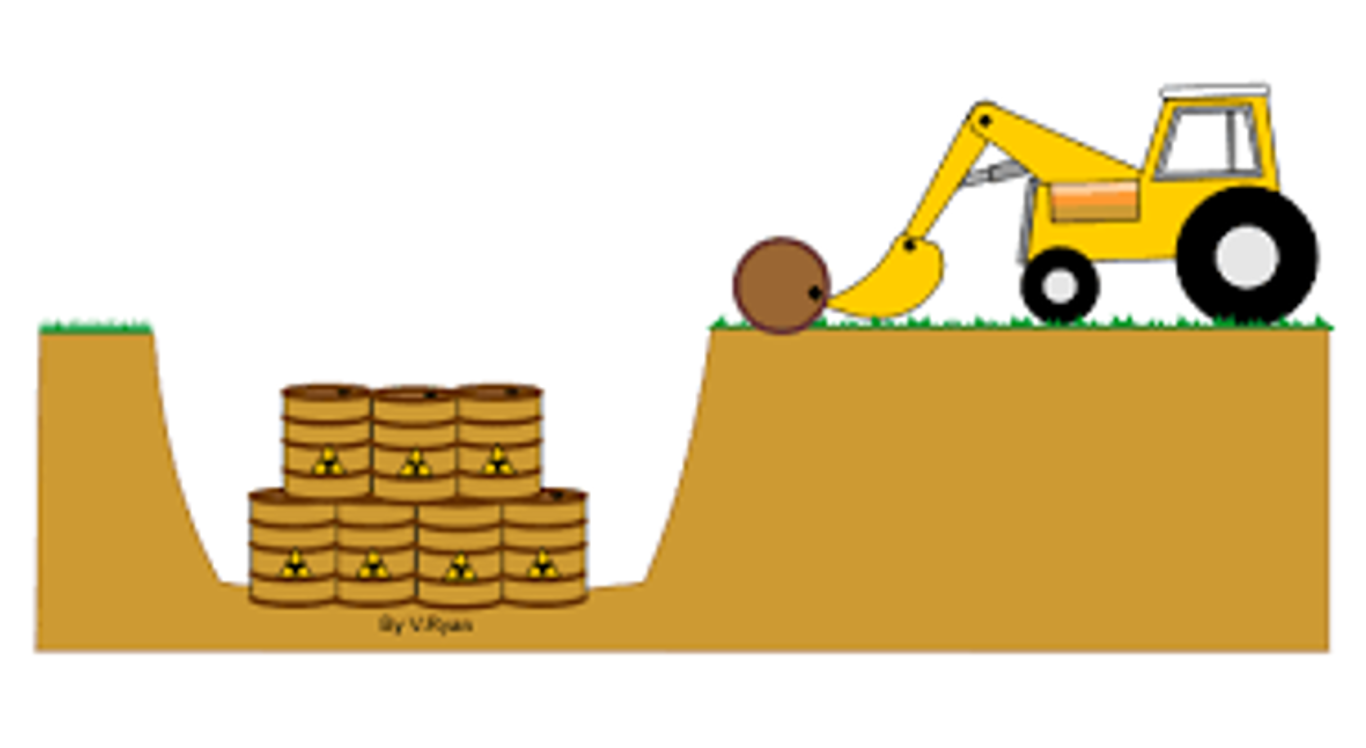
Support for storage site before monetary incentive = 50% of households
Support for storage site after monetary incentive = 25% of households
When do incentives work?
When they expose us to good outcomes
When internal motivation is absent or already crowded out
Incentives are better at encouraging good performance than at shaping decisions
Nudges
“A nudge, as we will use the term, is any aspect of the choice architecture that alters people’s behavior in a predictable way without forbidding any options or significantly changing their economic incentives. To count as a mere nudge, the intervention must be easy and cheap to avoid. Nudges are not mandates. Putting fruit at eye level counts as a nudge. Banning junk food does not.” (Thaler&Sunstein 2008, p. 6)

Defaults

Opt in

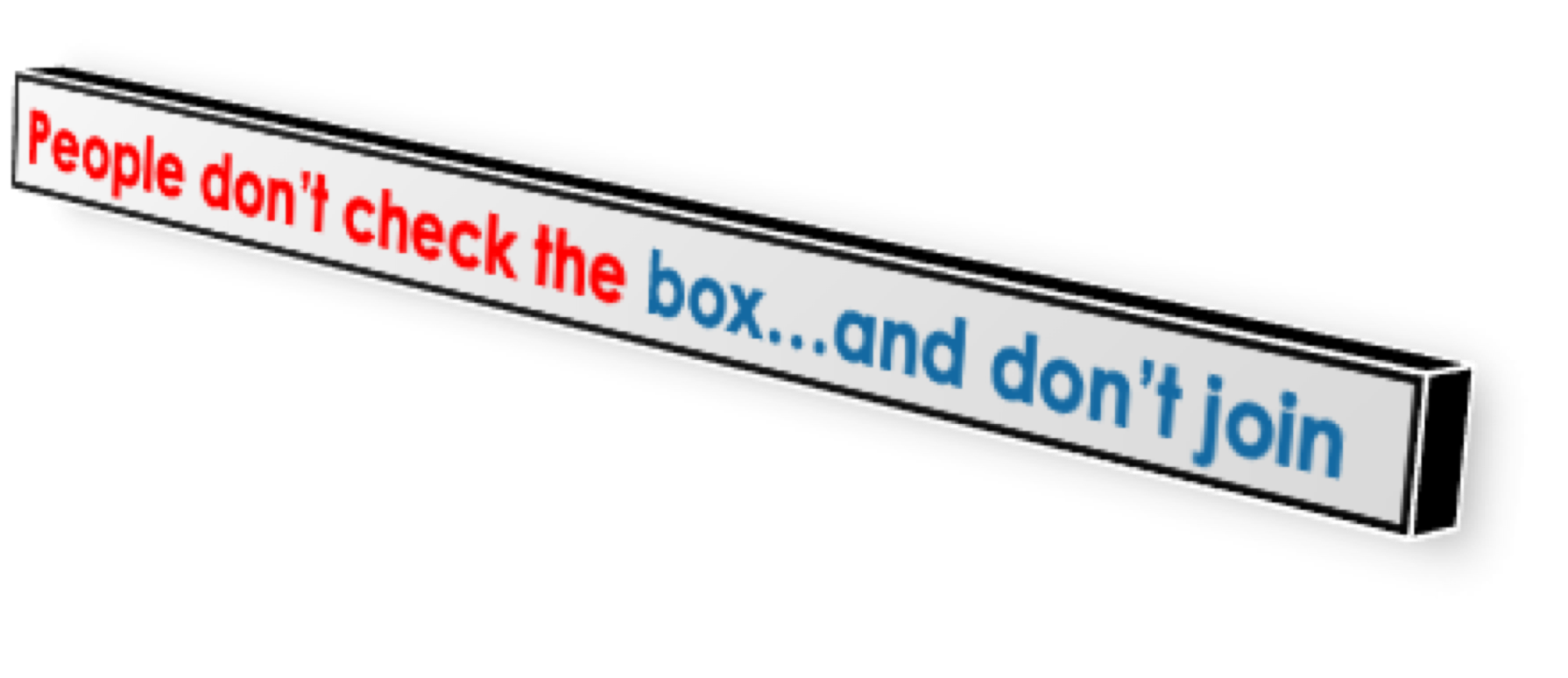
Opt out

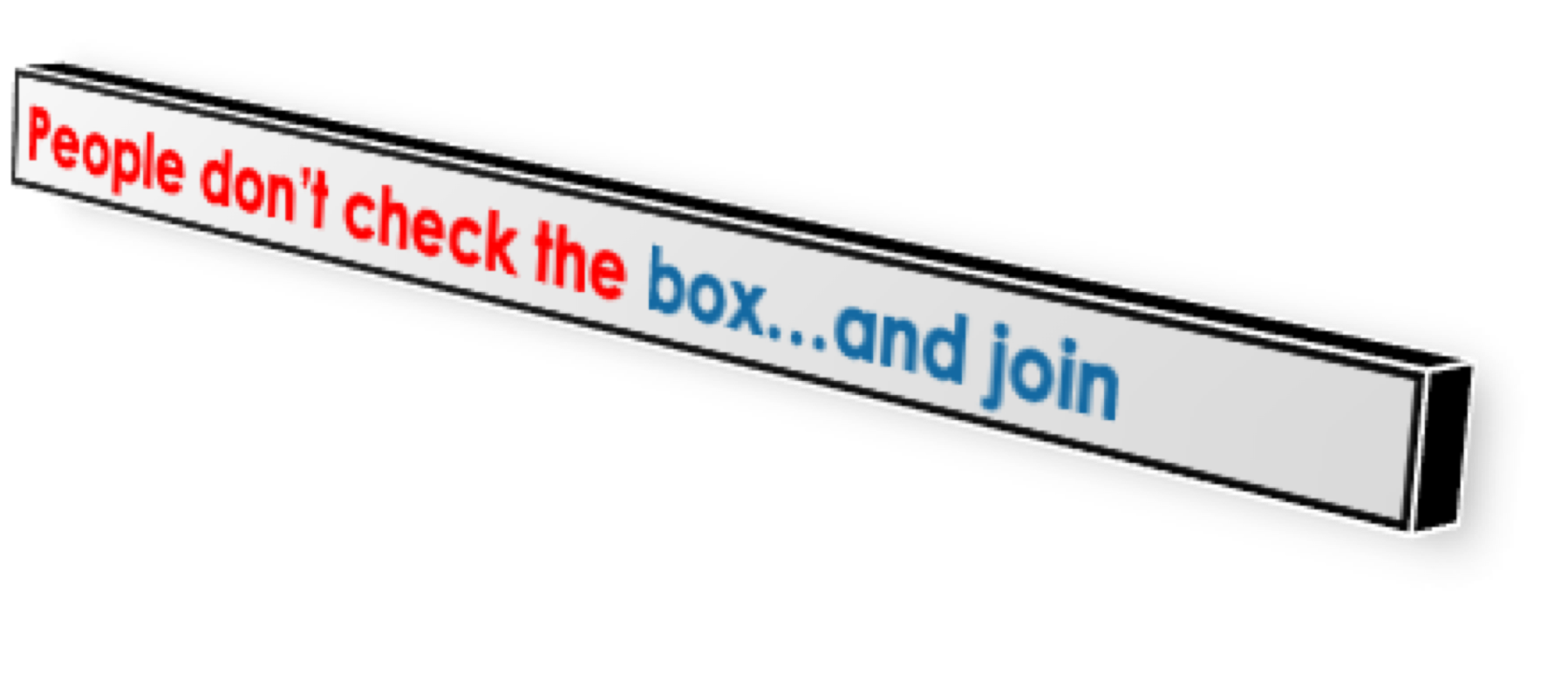
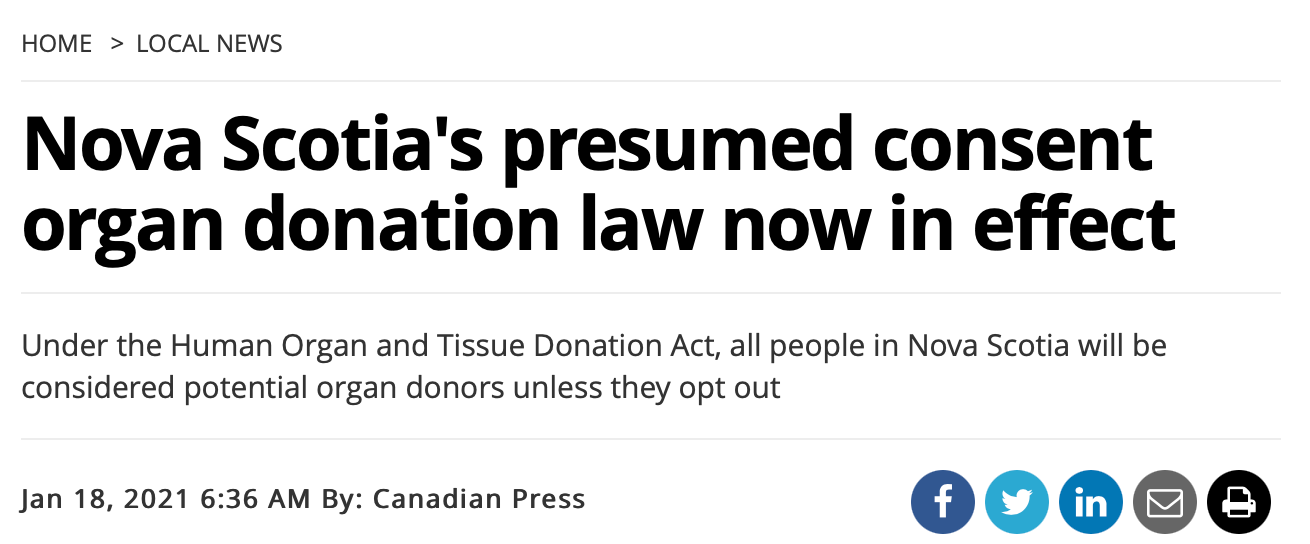
Default effect with experts

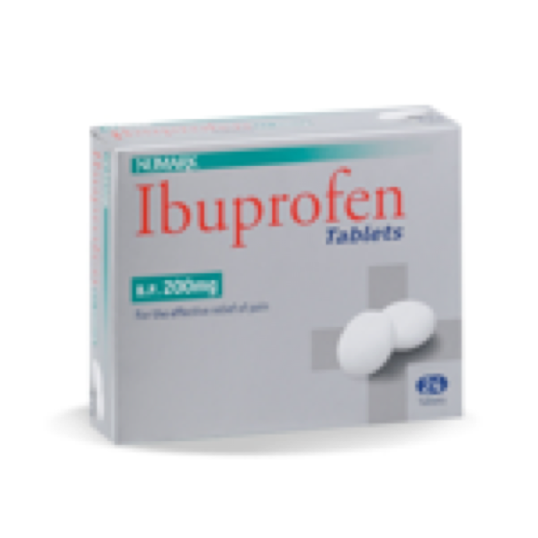
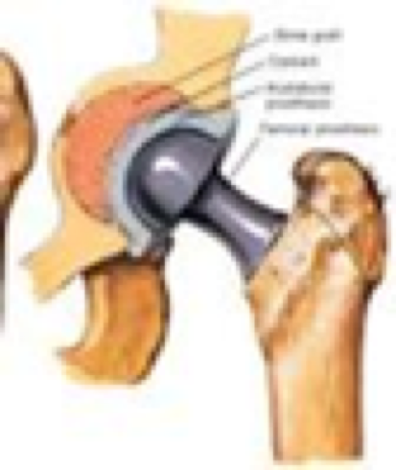

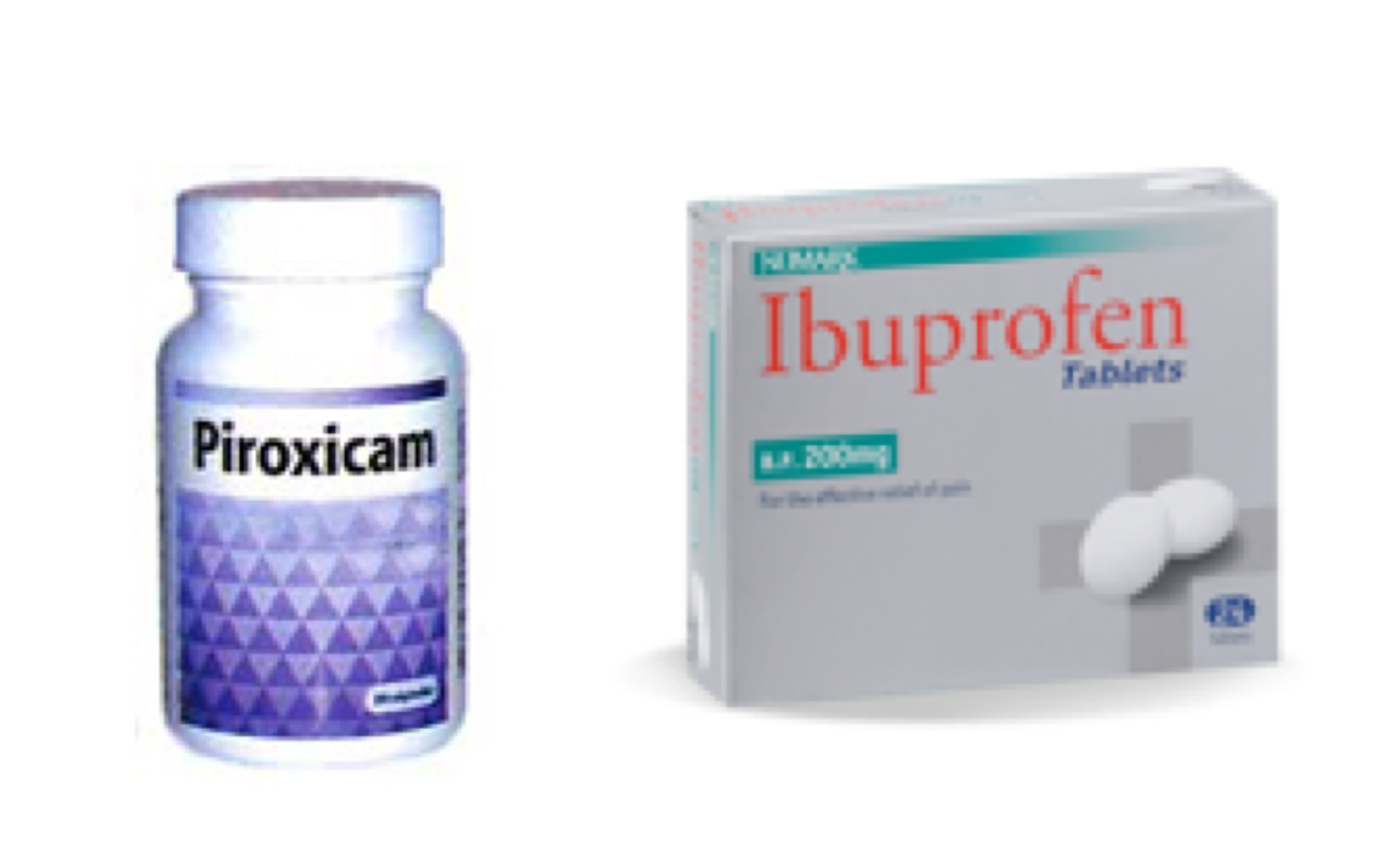


The behavioural insights team (BIT) - Case analysis
- What should HMRC write in its letter to delinquent taxpayer?
- Why do you think your proposal would be effective?
- What alternatives did you consider?
The behavioural insights team (BIT) - Case analysis
- How should HMRC evaluate the success of your proposed letter?
Experimental research
A research method that consists of selecting matched groups, giving them different treatments, controlling variables, and checking for differences in group responses.
Conditions for infering causality
Temporal ordering of variables
- X causes Y, not Y causes X
Evidence of association
- X and Y are related; presence of X leads to presence of Y; absence of X leads to absence of Y; an increase in X leads to an increase in Y, etc.
Control of other causal factors
- Y is caused by X, not by some other Z factor.
Features of an experiment
- Manipulation of the independent variable
- The presence of one or more control or comparison groups
- The random assignment of units to various experimental and control groups
- Random assignment distributes the sample units chosen for a study to various groups on a strictly objective basis so that the group compositions can be equivalent before an experiment is started
Exercise
Suppose you are the marketing manager for Nabisco. You are interested in finding consumer reactions to the taste of your cookie relative to the competition, and the effect of increasing your price by 25 percent on revenues. Design an experiment to test the taste of your cookie relative to the leading competitor. Also design an experiment to test the effects of the price increase on revenues.
Boosting - an alternative to nudging
Boosts are evidence-based non-fiscal and non-regulatory interventions aimed at improving people’s competence to make their own choice. The focus is on interventions that make it easier for people to exercise their own agency.
Understanding test results
The probability that a woman has breast cancer is .8%. If she has breast cancer, the probability that a mammogram will indicate it is 90%. If the woman does not have breast cancer, the probability of a positive result is 7%.
Suppose a woman, drawn at random, has a positive result. What is the probability that she actually has breast cancer?
Understanding test results
The hard way: Bayes’ rule
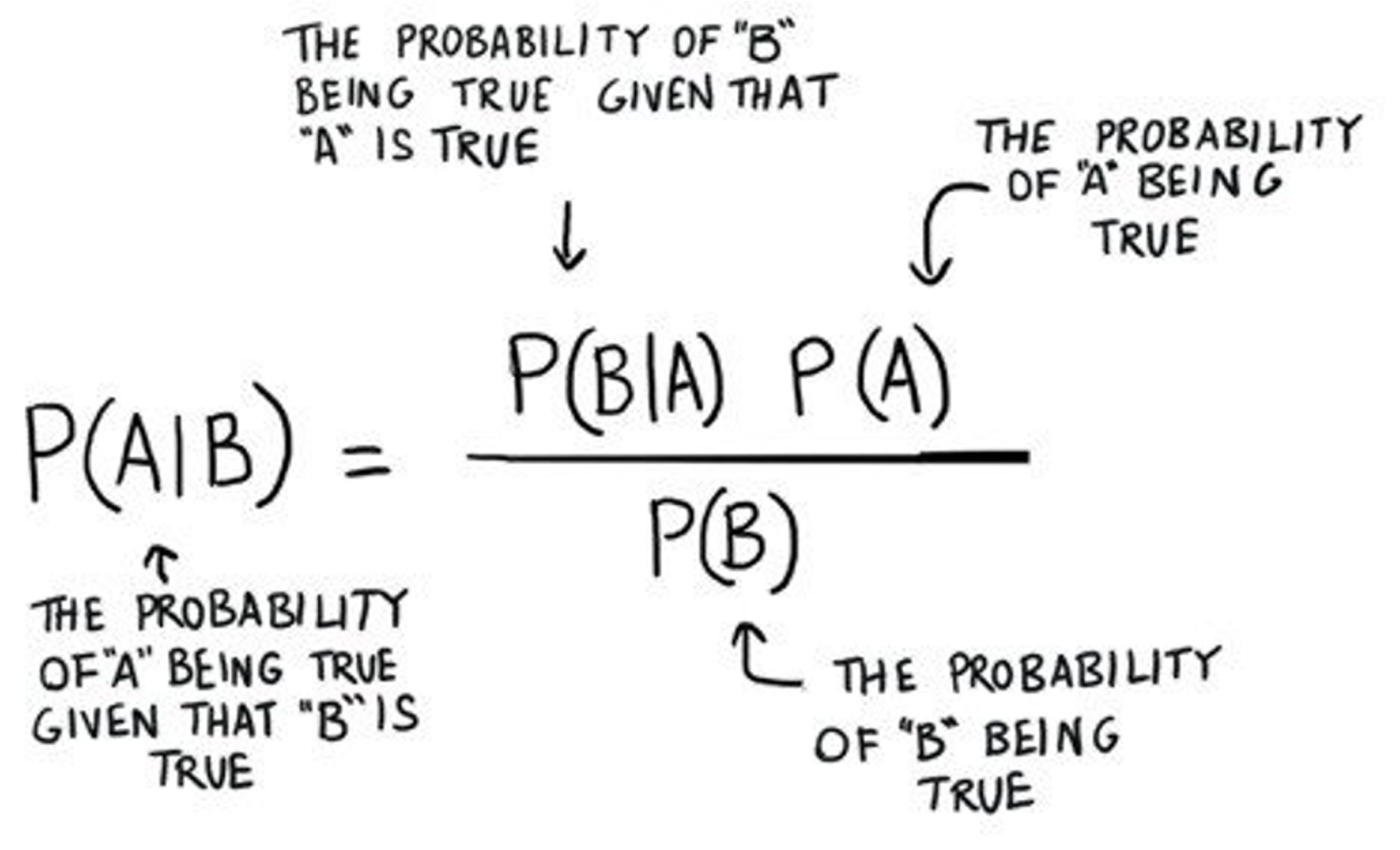
Understanding test results
The easier way: natural frequencies






The probability of actually having breast cancer after a positive Mammogram = 72/766 = 9.4%
Understanding test results
About 1 percent of babies have Down Syndrome. If the baby has Down Syndrome, there is a 90 percent chance the test result will be positive. If the baby is unaffected, there is still a 5% chance that the test will be positive.
A pregnant woman has been tested and the result is positive. What is the probability that her baby actually has Down Syndrome?
Understanding test results
The easier way: natural frequencies






The probability of actually having Down Syndrome after a positive test = 90/585 = 15.4%
